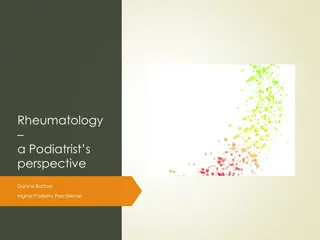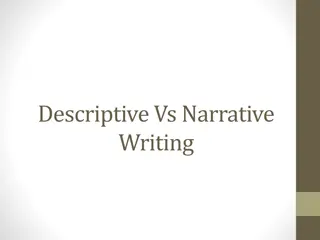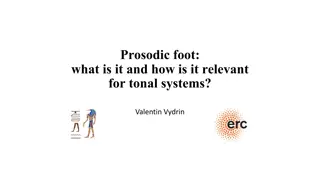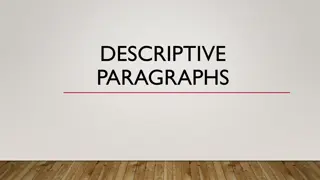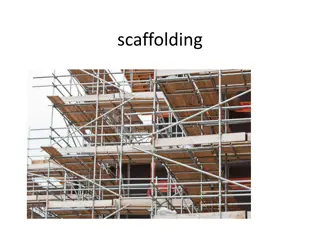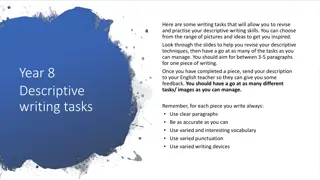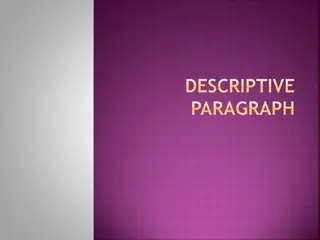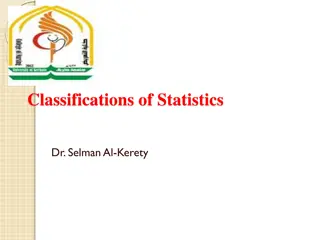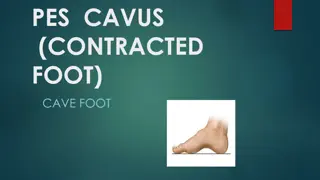Chicken Foot Writing: A Scaffolding Strategy for Descriptive Assignments
"Chicken Foot Writing is a helpful tool for organizing and structuring descriptive writing tasks, guiding students through transforming rough notes into well-constructed paragraphs. This strategy, developed by Keith Brown, aids in independent thinking and efficient completion of literary assignments by breaking down the process into manageable steps. Through a diagram and specific steps, students can enhance their descriptive writing skills and effectively convey their experiences and sensory elements."
Download Presentation

Please find below an Image/Link to download the presentation.
The content on the website is provided AS IS for your information and personal use only. It may not be sold, licensed, or shared on other websites without obtaining consent from the author.If you encounter any issues during the download, it is possible that the publisher has removed the file from their server.
You are allowed to download the files provided on this website for personal or commercial use, subject to the condition that they are used lawfully. All files are the property of their respective owners.
The content on the website is provided AS IS for your information and personal use only. It may not be sold, licensed, or shared on other websites without obtaining consent from the author.
E N D
Presentation Transcript
Chicken Foot Writing A Scaffolding Strategy for Descriptive Writing Assignments
Chicken Foot Writing: Introduction o This is a teaching strategy and tool that helps students like yourself organize and structure descriptive writing assignments. o Ranging from a descriptive writing assignment to A Letter to the Editor , students can scaffold their thoughts and converting them in to 3 to 5 sentence paragraphs that adequately transforms rough notes into complete thoughts. o It s a process that takes the you from beginning to competition of an assignment, while allowing for independent thought and correct literary construction. o As the you use and become familiar with this model, each student can reference or construct it independently as new assignments are encountered. Eventually you should be able to assimilate it into your cognitive academic tool box, allowing for a quick and efficient method to make short work of any standards based literary assignment. Keith Brown an Intervention Specialist at Chippewa High School in Doylestown, Ohio modified a teaching model into a successful classroom scaffolding device.
How it works: o Hand out, draw or project the Chicken Foot Writing diagram so all students can see it. o A hand out as well as projecting the image helps meet some of your teacher s diversity and IEP teaching requirements. o You will notice that the diagram has 3 main parts to it. o The front and back sections resemble foot prints a chicken might have left in the dirt hence the name. o It s fun to say and offers you an immediate hook to grab attention the attention of almost any cognitive level in your classroom, use it to set up the entire lesson.
Diagram / Scaffolding Strategy Senses: sight, sound, smell, feel, emotional connections should be put into supporting sentences 3-5. 6. 2 5 3.Best supporting detail. 9. Restate 1. 1 4. Second best supporting detail 1. Hypothesis 7. 3 10. Summarize 12. Conclusion 2. . Supporting Sentence 5. 3rd best supporting detail 11. Condense 8. 4 2, 3, 4 3-5 sentences embellishing each of the supporting detail sentence from the first
Remember its a descriptive writing assignment. So find a subject or place that ties in real or imaginary senses to any experience you ve had so that you can capture your experiences using descriptive words. Looks like Mr. Hawkins is in hot water again .I wonder how he ll get out of it this time?! This is an excellent opportunity to tie in cross curriculum subjects don t be afraid to use it especially with your IS kids it reinforces previous lessons! I find it helps to have them imagine themselves in that location. Have them close their eyes and visualize it, then ask them what smells, sights and sounds are associated with it. As you stair step through the process the and feel more comfortable begin to use curriculum vocabulary to develop a richer descriptive narrative. It also helps you get a better grade!
Pecking away at how to do this~ First Line: Use both sides of this line: A: define your Hypothesis or Subject Sentence on the upper side of the line B: on the bottom side; develop a supporting sentence or question that you can build your entire paper or letter on. o o o o o These two sentences are the foundation of your first paragraph on which everything else is built. o Next Three Lines: o The next three lines are the toes of the first chicken foot and they are individual support sentences derived from any of the senses: sight, smell, touch, sounds and emotions. They should stack up in order of importance and relevance of your thoughts and finish your first paragraph.
Diagram / Scaffolding Strategy Senses: sight, sound, smell, feel, emotional connections should be put into supporting sentences 3-5. 6. 2 5 3.Best supporting detail. 9. Restate 1. 1 4. Second best supporting detail 1. Hypothesis 7. 3 10. Summarize 12. Conclusion 2. . Supporting Sentence 5. 3rd best supporting detail 11. Condense 8. 4 2, 3, 4 3-5 sentences embellishing each of the supporting detail sentence from the first
Scratching Out a Conclusion o Middle Three Lines: o These three lines are support ideas. They ll be developed into 3-5 sentences, each line becoming its own independent paragraph supporting each of the original chicken toe support sentences you ve just completed. o Last Chicken Foot: o Top Toe: Restating sentence o Middle Toe: Summarizing sentence o Bottom Toe: Condensing sentence o Back Toe: This is your conclusion sentence. I often take the time to include my reader in my writing at this point of any assignment; it demonstrates that you have a larger audience in mind when writing and broader cognitive skills. You ll find most teachers find it flattering you ve thought of them and grade accordingly.
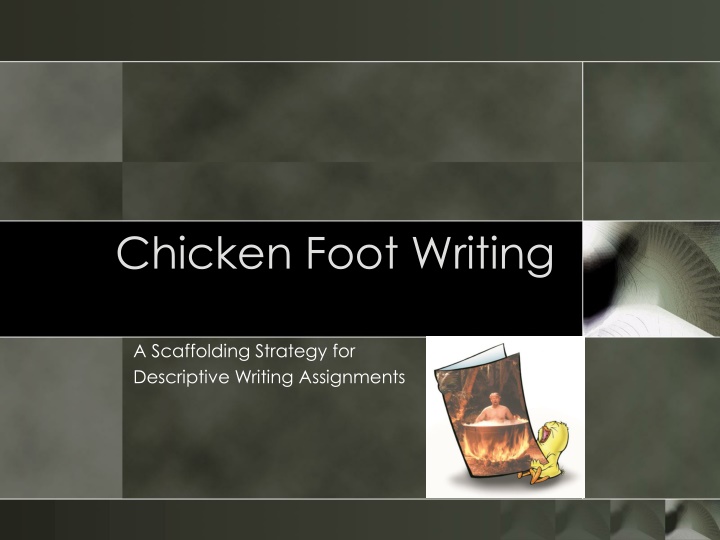

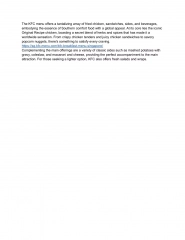
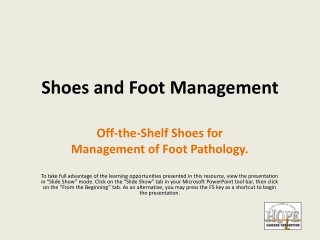
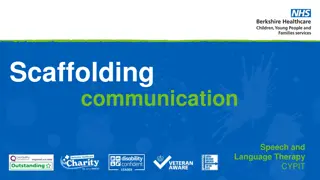
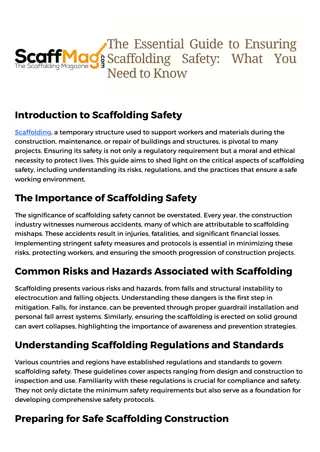
![Halal_Chicken_from_Brazil-_Ensuring_Quality_and_Authenticity[1]](/thumb/86918/halal-chicken-from-brazil-ensuring-quality-and-authenticity-1.jpg)
